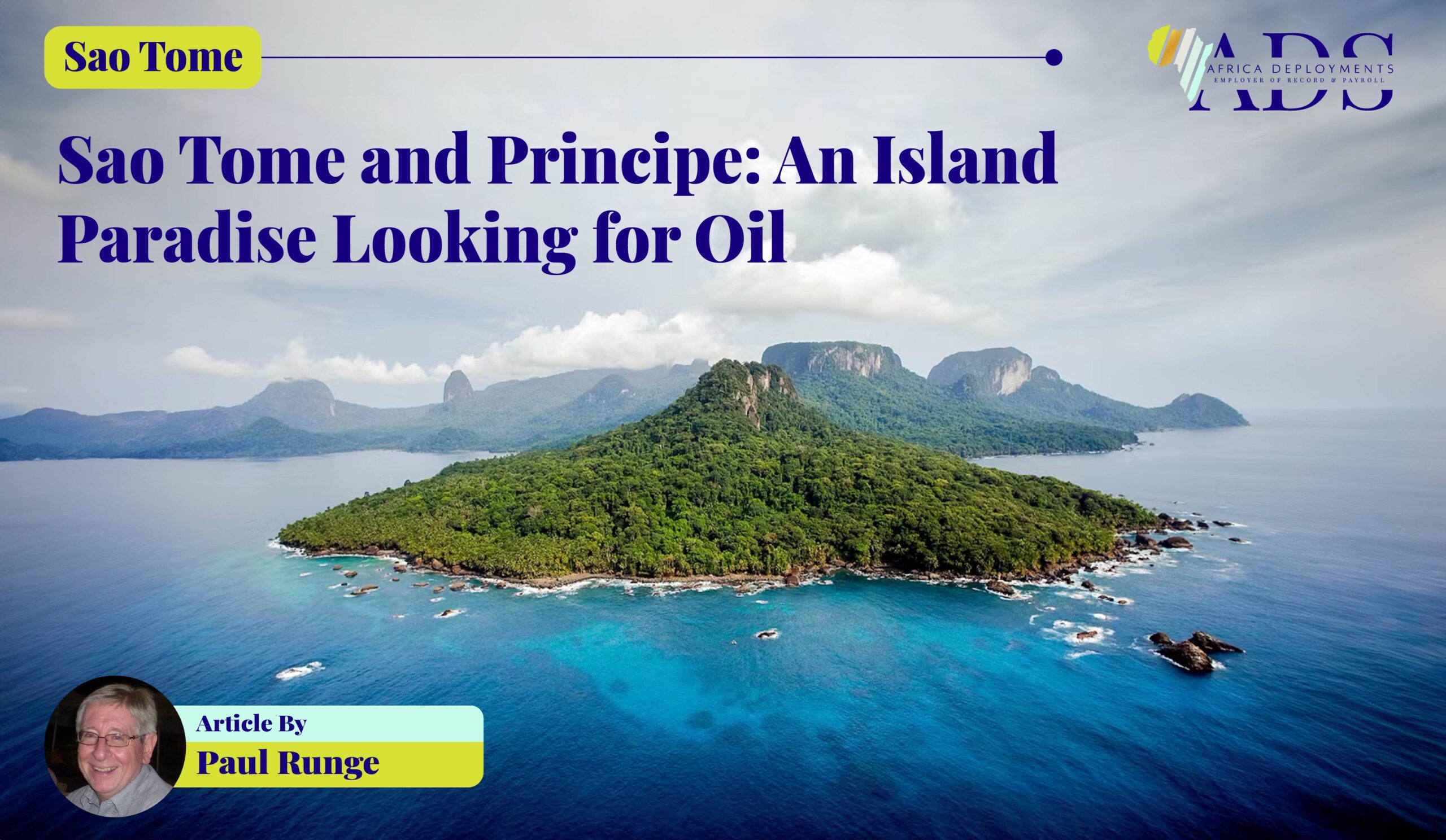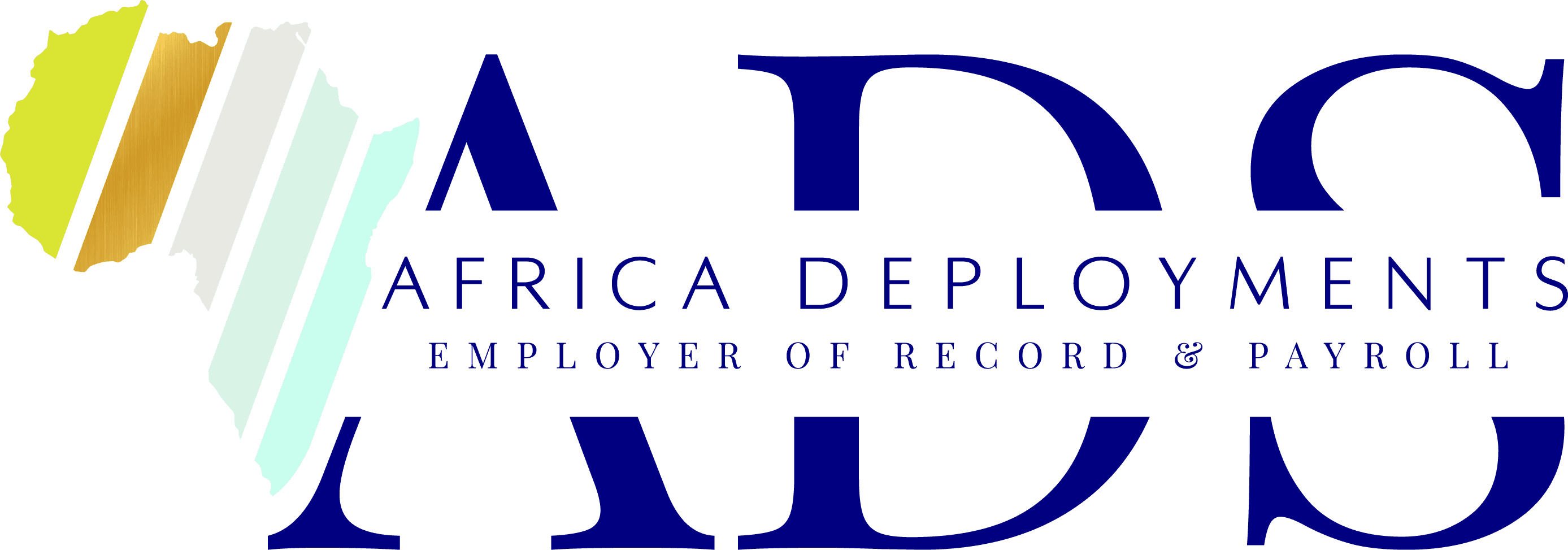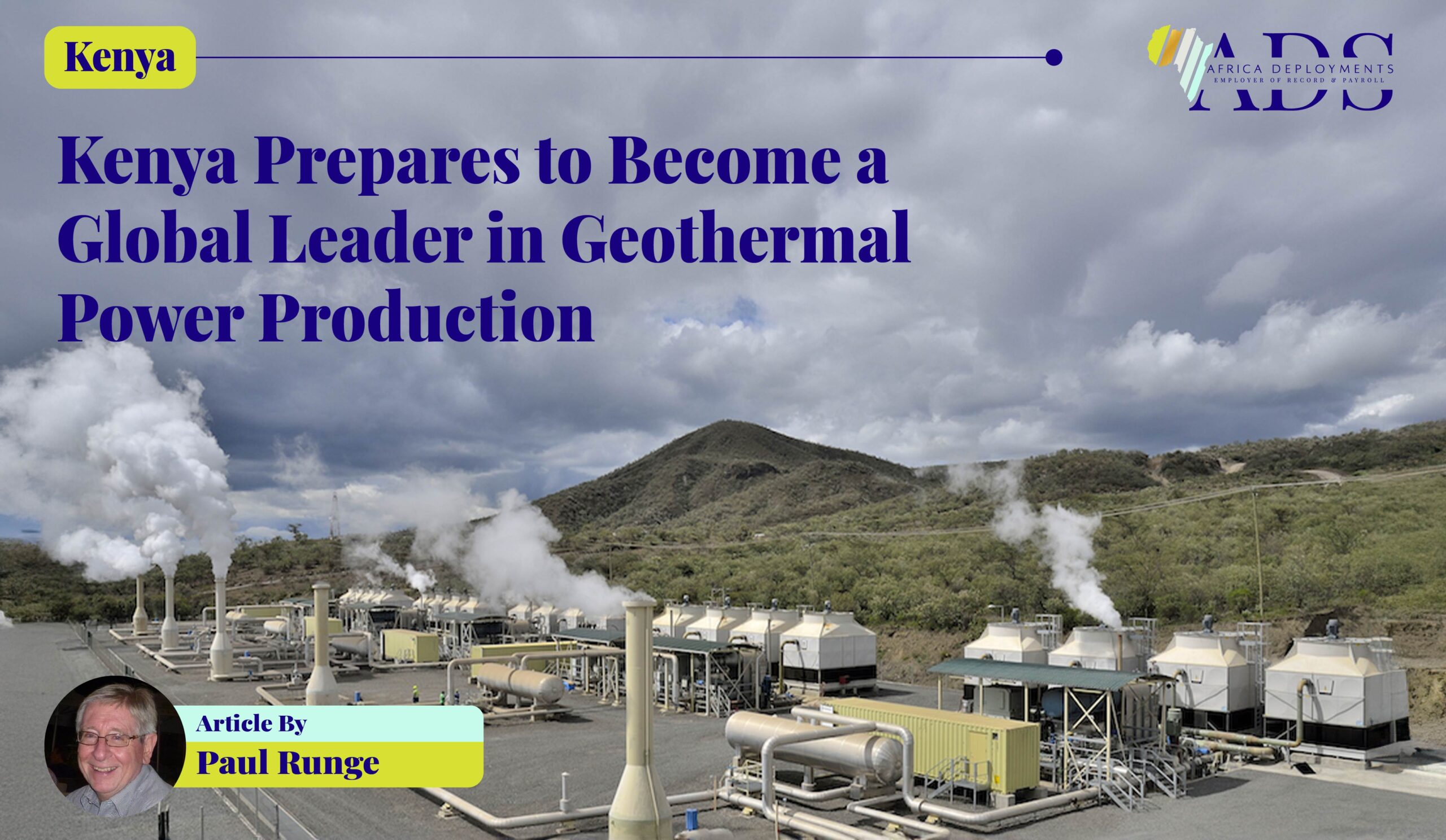
Sao Tome and Principe: An Island Paradise Looking for Oil
A scary landing
It was December 2003 and I was on a night flight from Libreville, Gabon to the island of Sao Tome. The Twin Otter was small, and my seat just behind the two pilots offered a good view. We began to descend. On our left were the dark waters of the Atlantic Ocean – getting closer and closer. The moon was bright and its light twinkled on the sea. A few minutes later, and we were much lower. The aircraft lights shone on the wavelets. Where was the land? Where was the runway? Finally, the ocean disappeared and the landing lights loomed ahead and we felt the reassuring jolt of the touchdown.

A little-known archipelago
From what I’ve experienced, many of my associates have only a vague awareness of the country’s existence, and do not recognise that it is a fully-fledged member state of the African Union.
Situated some 250 to 300 kilometres from the central African mainland, Sao Tome and Principe comprises two main islands with a scattering of rocky islets. The Portuguese discovered the islands in around 1470. The Democratic Republic of Sao Tome and Principe gained its independence from Portugal in 1975. It has a population of only 221 000. The volcanic soils are particularly fertile and cocoa and coffee unsurprisingly account for most agricultural production. Fisheries is another obvious resource. The islands have numerous idyllic beaches and bays and an exotic jungle interior. Tourism therefore holds much potential.
The country is strategically located in the Gulf of Guinea. The US broadcast service, Voice of America has a relay transmitter station in Sao Tome and broadcasts to much of Africa from this point.
While the earlier years of independence saw some political conflict, Sao Tome and Principe is considered today to have a high level of political stability and freedom.

My mission
In the very early 2000’s, there was much talk of oil and gas discoveries within the country’s territorial waters. If these resources were realised, much support infrastructure would be required. Transport logistics relating to ports and airports was an obvious priority. Office availability and hotel accommodation would have to be greatly improved. There were many potential projects for my clients. My main aim was early stage identification of these opportunities.
The oil and gas possibility
The country lies in close proximity to oil-producing countries: Gabon, Equatorial Guinea, Cameroon and the Republic of the Congo. So surely its offshore waters hold the promise of commercially-exploitable oil and gas?
Sao Tome and Principe has two designated oil areas: the Joint Development Zone (JDZ) with 11 blocks and the Economic Exclusive Zone (EEZ) with 19 blocks available for investment and development.
In 2001, Sao Tome and Principe and Nigeria entered into a treaty agreement whereby a joint development zone was established along the maritime borders of the two countries. This helped resolve the issue of overlapping maritime boundary claims by both. A Joint Development Authority is responsible for all operations in the zone including licensing.
The EEZ covers an area of 160 000 square kilometres of Sao Tome and Principe’s offshore waters. The country’s National Petroleum Agency adjudicates the licensing of concessions in this zone.

Have commercially viable oil and gas resources been found yet?
An area of the JDZ lies in the Niger Delta Basin. Some gas has been discovered, but not in commercially viable quantities. In 2003, the JDZ received 33 bids from 23 companies. Higher oil prices perked interest in 2014, but disappointing results from eight wells led to a stall in activity. Chevron undertook initial drilling operations. In 2019, three blocks were awarded to Total. BP and Total are reportedly interested in developing Block 2. Total is involved in a four-year seismic data probe. Six drillings have been made in recent years.
The EEZ is described as a difficult unproven “frontier area” and to date, no wells have been drilled. Some exploration activity has taken place. Kosmos Energy and BP have shown interest and there is cooperation by way of production-sharing agreements between Sonangol, TotalEnergies, Shell and Galp. In 2022, it was announced that Shell and Galp were collaborating on JACA-1 which will be the first wildcat, (high risk exploratory drilling) offshore well to be drilled in the EEZ.
An ‘Angel Investor’ arrives to boost tourism
So while the nation’s oil aspiration has yet to take off, there has been an opportune boost to tourism.
Sao Tome and Principe is undoubtedly a potential tourist paradise. This is despite its malaria problem. According to the World Health Organisation, the government has reduced malaria incidents over the past two decades and is implementing a programme for the elimination of the disease. (We found that we could reduce the mosquitoes in our room by keeping the air conditioning on all day.)
In 2011, the well-known South African and British entrepreneur, Mark Shuttleworth, bought a property in the north of Principe Island. He has since greatly expanded his investments in Principe with more high-end tourist lodge developments and support infrastructure. He was apparently informed by the government that a major palm oil project was being considered for Principe. Shuttleworth then reportedly offered his ecologically-friendly investments in lieu of such a damaging development. He has coupled his ventures with the promotion of agricultural and social initiatives to better the lives of the small Principe populace. His pioneering work has increased general awareness of the country’s beauty and placed both Principe and Sao Tome islands on the global tourism map.
Prior to my 2003 visit, a business associate of mine had been pressuring me to visit the islands. He and his partners were developing a residential golf estate on Sao Tome island. He described Sao Tome as an absolute paradise and a definite “must see”.
During the visit, we hired a car with driver to show us Sao Tome island. The road followed most of the coast. We enjoyed the visual splendour of rows of leaning palms and small bays with white beaches tucked into the thick coastal tropical forest. We stopped in the villages of colourful dwellings that are built on stilts to avoid flooding resulting from the high rainfall. Crowds of laughing children greeted us and ran after our vehicle as we passed through.
Whether oil is found or not, the jewel that is Sao Tome and Principe today must not be tarnished.






